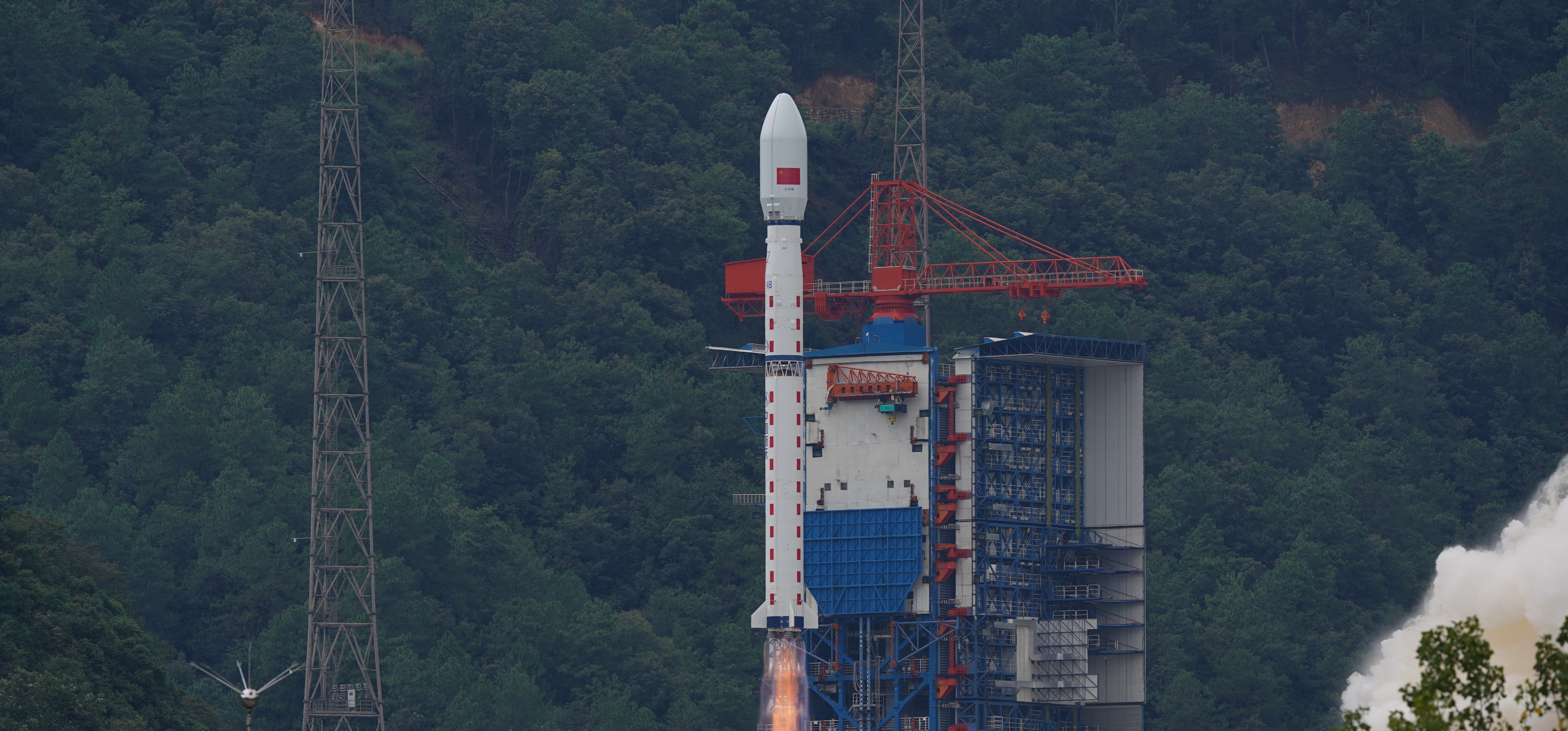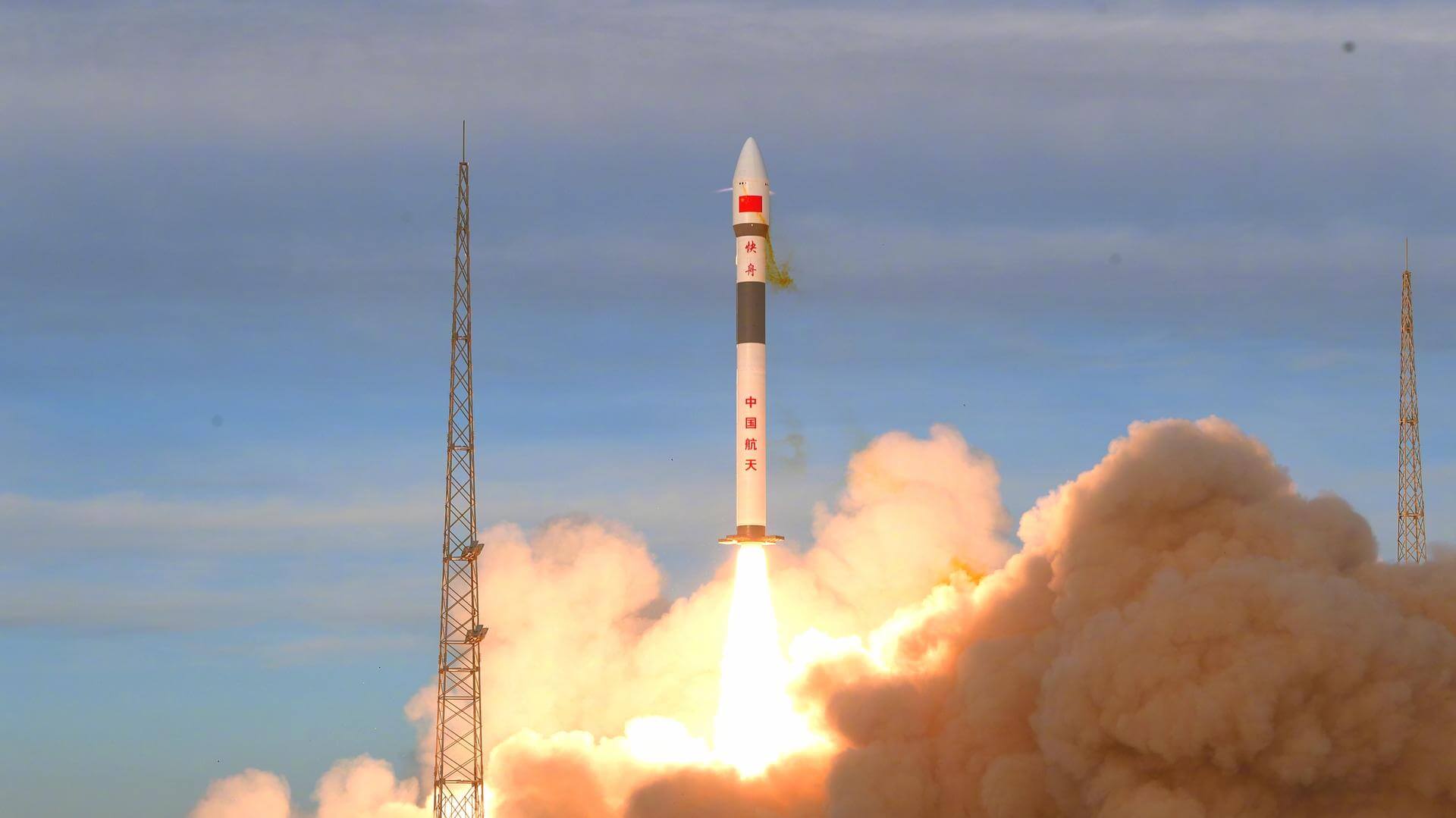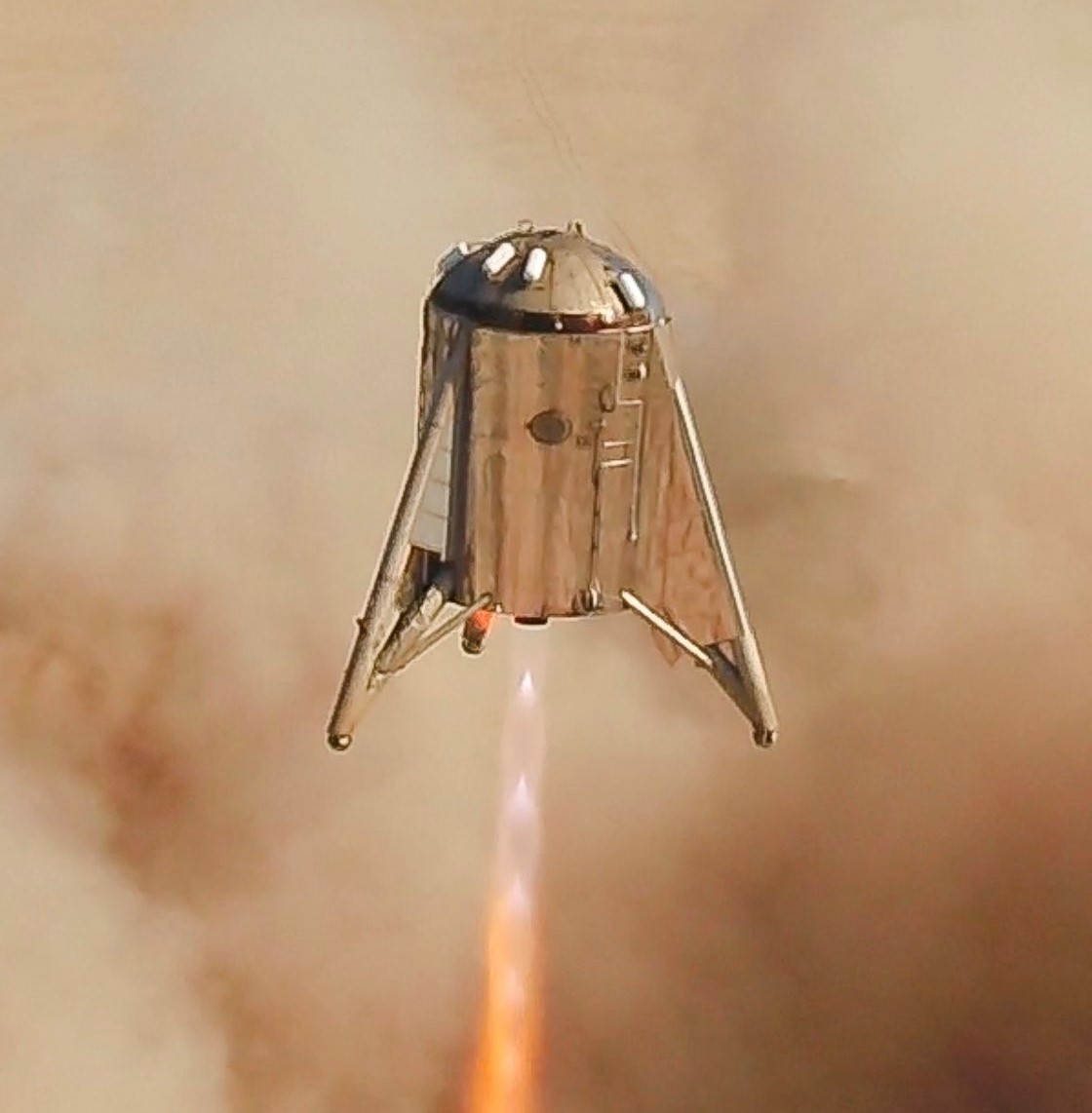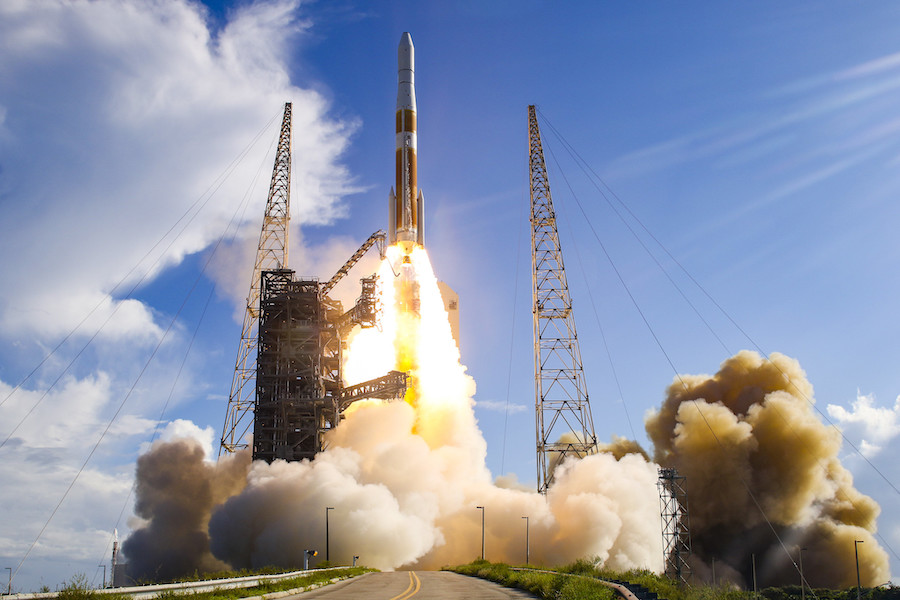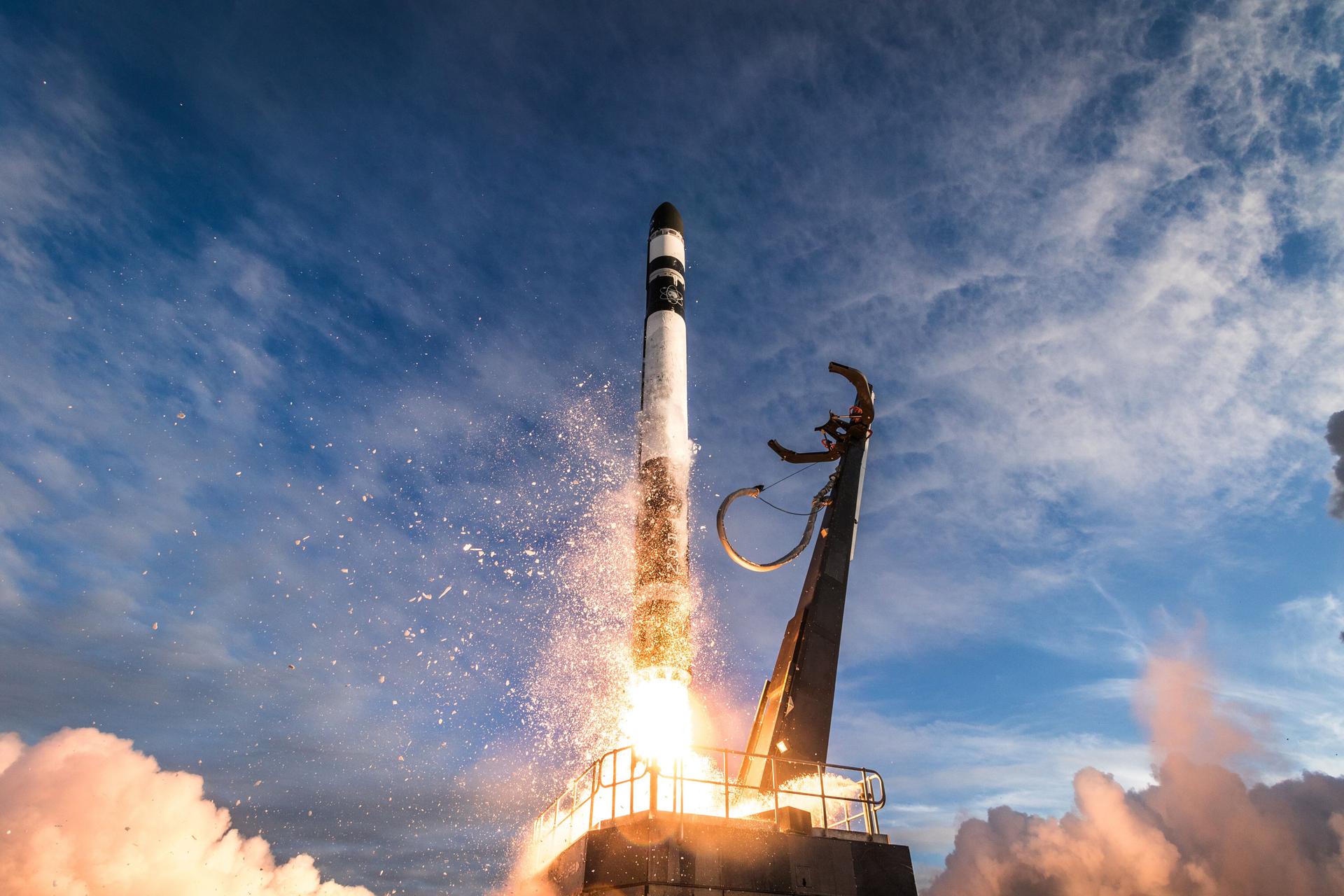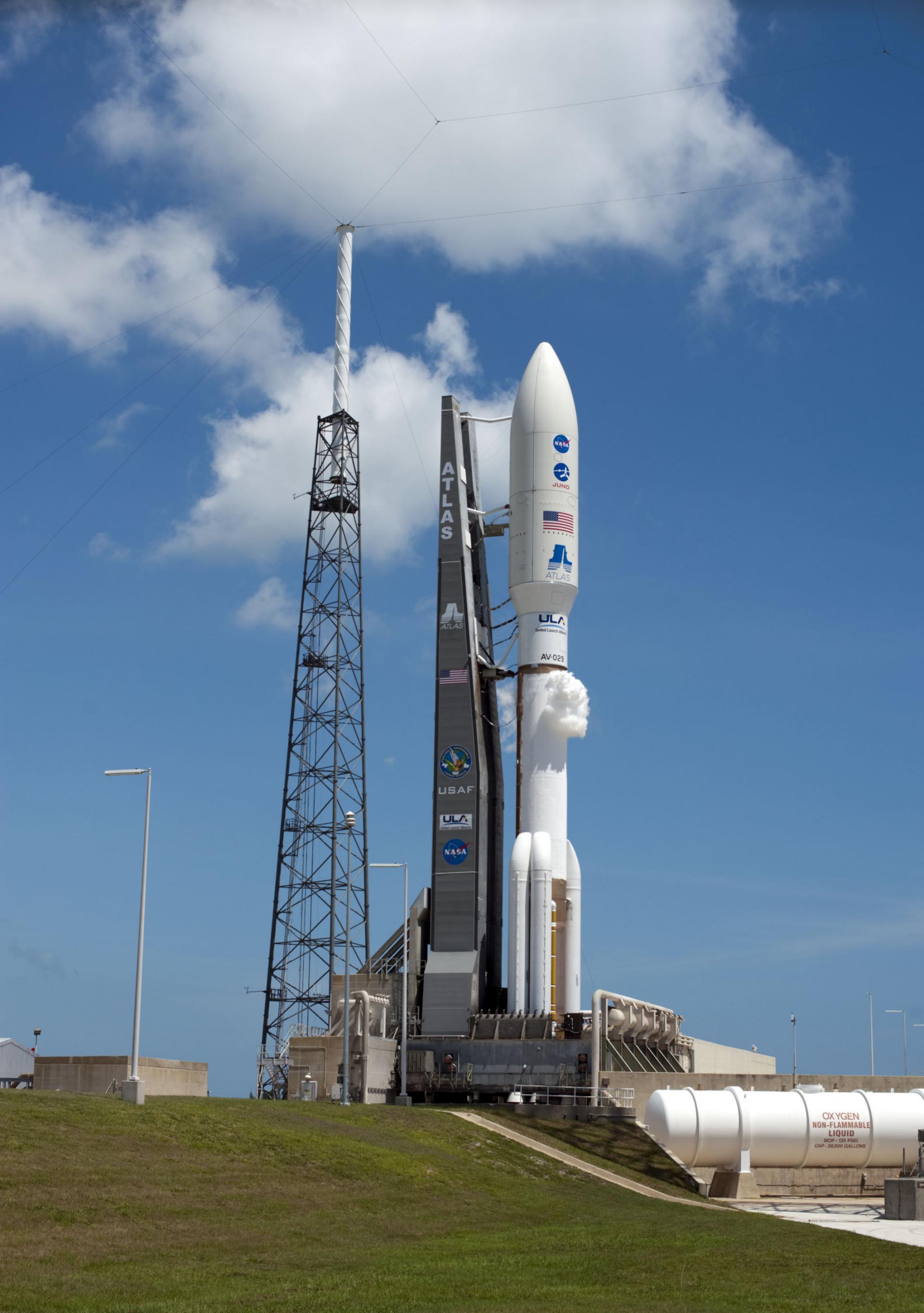Previous Spaceflight Launches
Filter by Agency, Locations or Vehicles
Show All LaunchesLong March 4B | Ziyuan-2D, Tianyi MV-1, BNU-1
China Aerospace Science and Technology Corporation | ChinaTaiyuan Satellite Launch Center, People's Republic of China
Sept. 12, 2019, 3:26 a.m.
Kuaizhou 1A | KX-09 & TY-1-07 (Xiaoxiang-1-07)
ExPace | ChinaJiuquan Satellite Launch Center, People's Republic of China
Aug. 30, 2019, 11:41 p.m.
Status: Launch Successful
Mission:
Developed by the DFH Satellite Co., the microgravity experimental satellite KX-09 (supposedly Kuxue-09) will conduct studies in microgravity. Established in August 2001, DFH Satellite Co., Ltd. is mainly engaged in system R&D, design, integration and in-orbit service of small satellites. It is subordinated to China Academy of Space Technology (CAST) and wholly owned by the listed company China Spacesat Co., Ltd. Xiaoxiang 1-07 (TY 1-07) is a small satellite developed by SpaceTY, possibly a CubeSat-2U. As one of the first commercial aerospace companies in China, “Spacety†specializes in developing commercial micro/nanosatellites. The company aims to provide short-cycle, low-cost and one-stop services to scientists, research institutes, and commercial companies, for science experiments and technology demonstrations.
Sun-Synchronous OrbitRokot / Briz-KM | Geo-IK-2 N13L (Kosmos 2540)
Russian Aerospace Defence Forces | RussiaPlesetsk Cosmodrome, Russian Federation
Aug. 30, 2019, 2 p.m.
Status: Launch Successful
Mission:
Geo-IK-2 is a Russian geodesy mission to deliver precise three-dimensional maps of the Earth’s surface and gravitational data for use in scientific studies and military applications. Using GLONASS for accurate positioning data, the 1400kg satellite will operate in a 1000km polar orbit.
Polar OrbitStarship Hopper | 150m Hop
SpaceX | United States of AmericaSpaceX Starbase, TX, USA
Aug. 27, 2019, 10:02 p.m.
Delta IV M+(4,2) | GPS III SV02
United Launch Alliance | United States of AmericaCape Canaveral SFS, FL, USA
Aug. 22, 2019, 1:06 p.m.
Soyuz 2.1a | Soyuz MS-14 Uncrewed
Progress Rocket Space Center | RussiaBaikonur Cosmodrome, Republic of Kazakhstan
Aug. 22, 2019, 3:38 a.m.
Status: Launch Successful
Mission:
Uncrewed Soyuz MS spacecraft to bring cargo to the space station. This demo flight tests a modified motion and navigation control system, as well as mating to Soyuz-2.1a rocket. The results will be used in development of an uncrewed cargo vehicle, based on Soyuz spacecraft.
Low Earth OrbitElectron | Look Ma, No Hands (Rideshare)
Rocket Lab | United States of AmericaRocket Lab Launch Complex 1, Mahia Peninsula, New Zealand
Aug. 19, 2019, 12:12 p.m.
Long March 3B/E | Zhongxing-18 (Chinasat-18)
China Aerospace Science and Technology Corporation | ChinaXichang Satellite Launch Center, People's Republic of China
Aug. 19, 2019, 12:03 p.m.
Status: Launch Successful
Mission:
Zhongxing-18 (Chinasat-18) is a Chinese communications satellite based upon a DFH-4E bus. The Chinasat-18 provides Ku commercial communications services with 30 Ku-band transponders, Ka broadband communication services with 14 Ka-band MSS spot user beams and exploring Ka-band broadcasting services with 2 Ka BSS-band transponders within the service coverage areas.
Geostationary Transfer OrbitSmart Dragon 1 | Maiden Flight
China Rocket Co. Ltd. | ChinaJiuquan Satellite Launch Center, People's Republic of China
Aug. 17, 2019, 4:11 a.m.
Atlas V 551 | AEHF-5 (USA 292)
United Launch Alliance | United States of AmericaCape Canaveral SFS, FL, USA
Aug. 8, 2019, 10:13 a.m.
Status: Launch Successful
Mission:
This is the fifth satellite in the Advanced Extremely High Frequency (AEHF) system, which is a series of communications satellites operated by the United States Air Force Space Command. It provides global, survivable, protected communications capabilities for strategic command and tactical warfighters operating on ground, sea and air platforms.
Geostationary Transfer Orbit #AEHF5